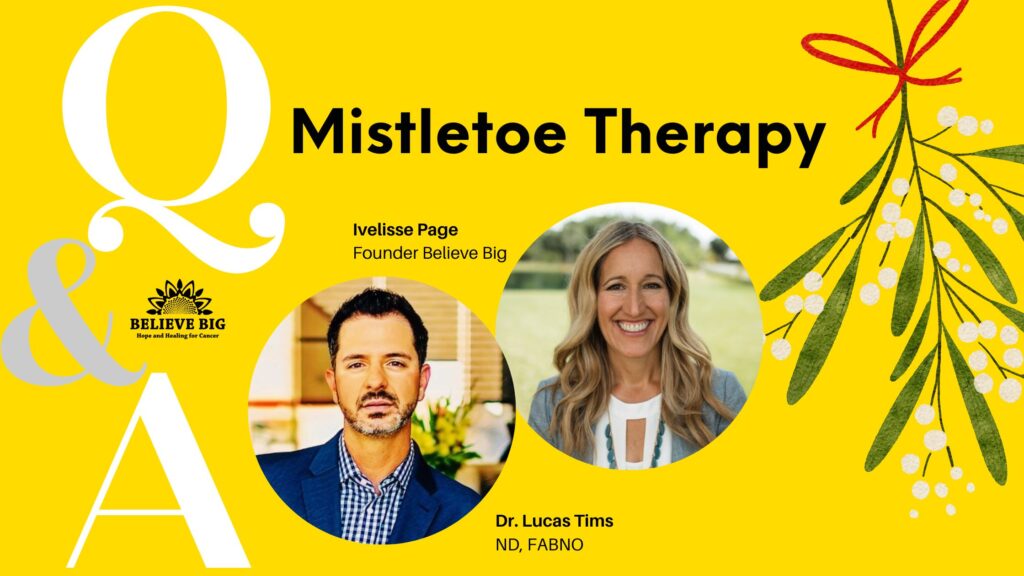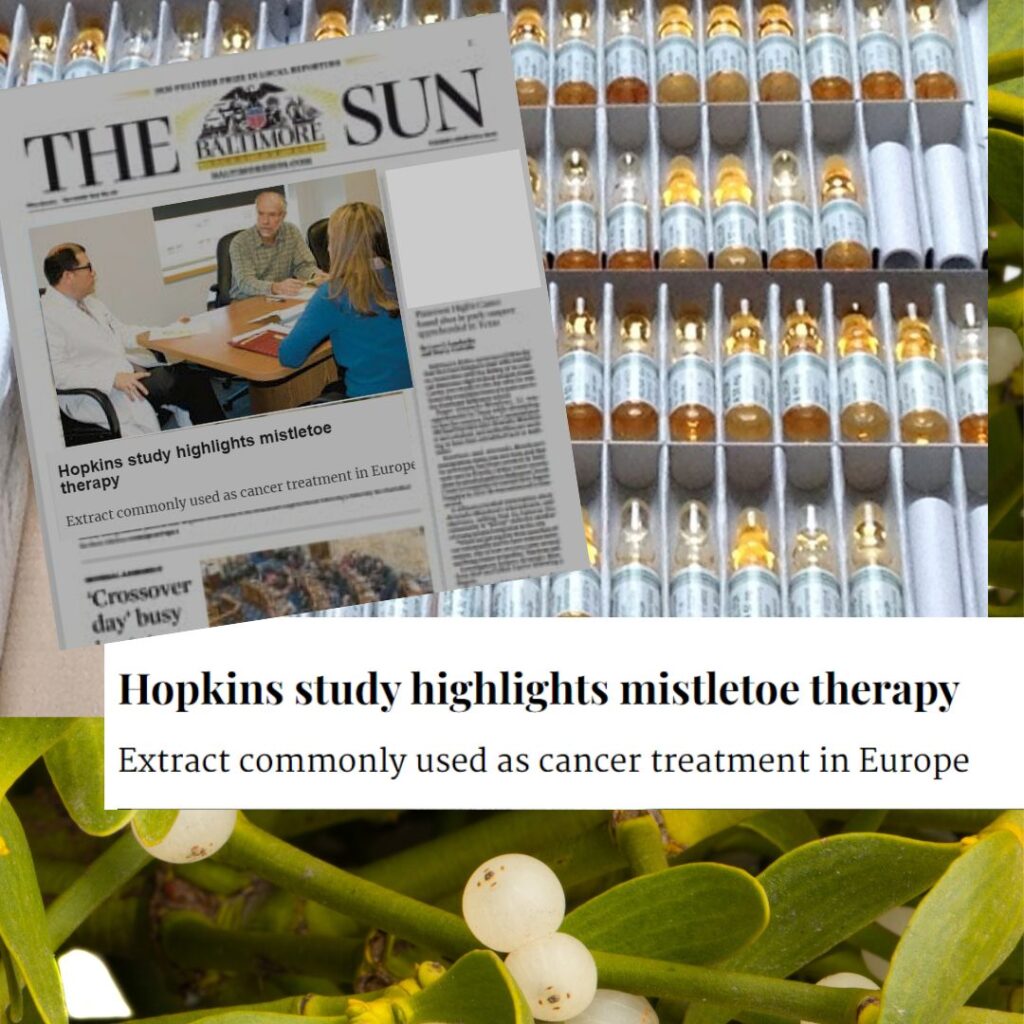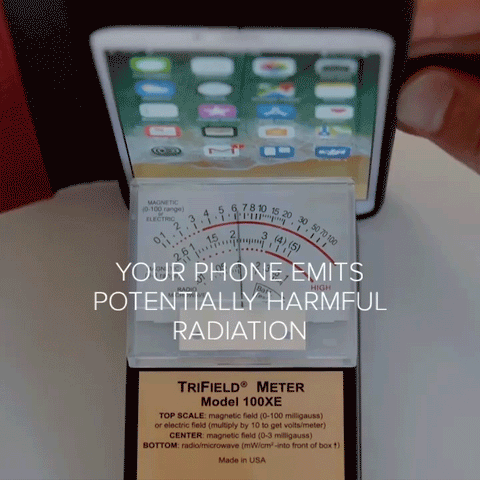An interview with: Dr. Lucas Tims
Unlocking the Power of Mistletoe Therapy in Cancer Treatment: A Deep Dive into Integrative Care
In the world of cancer treatment, an unconventional hero has emerged – mistletoe therapy. This alternative approach has gained attention for its potential to harness the body’s immune system in the fight against cancer. Dr. Tims, a leading expert in integrative oncology, recently engaged in a detailed discussion on mistletoe therapy, addressing various aspects of its application and shedding light on its potential benefits.
Understanding the Basics: Mistletoe therapy involves injecting extracts of mistletoe, a semi-parasitic plant, directly into the body. This method, whether subcutaneous or intravenous, aims to activate the immune system and enhance its ability to combat cancer cells. The extracts contain specific compounds like viscotoxins and lectins, known for their anti-cancer properties.
The Relationship Between Mistletoe and Cancer: Dr. Tims highlighted the importance of understanding mistletoe therapy in the context of cancer treatment. The therapy primarily targets the immune system’s Th1 response, addressing a crucial aspect often compromised in cancer patients. By focusing on immune system modulation, mistletoe therapy aims to create a hostile environment for cancer cells.
Genetic Considerations: The discussion touched upon the role of genetics in mistletoe therapy. Dr. Tims acknowledged that certain genetic factors could influence the efficacy of the treatment. Notably, individuals with a family history of cancer might find mistletoe therapy particularly beneficial.
Activating Dormant Cells: Addressing a common concern, Dr. Tims clarified that mistletoe therapy does not activate dormant cancer cells. While it may influence immune cells, the therapy is not known to stimulate dormant cancer cells.
Benefits and Expectations: The benefits of mistletoe therapy extend beyond the microscopic level. Patients often report improvements in energy, appetite, pain relief, mood, and sleep. While some physical manifestations may vary, the therapy primarily operates on a microscopic level, bolstering the immune system’s ability to combat cancer.
Long-Term Use and Personalization: Dr.Tims emphasized the long-term nature of mistletoe therapy and the need for personalized approaches. As patients respond differently, periodic adjustments to mistletoe types, doses, and administration methods ensure optimal outcomes.
Extended Quality of Life: Mistletoe therapy has demonstrated its potential to extend the quality of life for many patients. Stories of individuals given limited life expectancy surpassing expectations showcase the therapy’s positive impact.
Integration with Other Treatments: Addressing concerns about combining mistletoe therapy with other treatments, Dr. Lucas affirmed that it can complement conventional.
🌟 Your Donations Make a Difference! 🙏
Your generosity is the heartbeat of our podcast, allowing us to extend our reach to cancer patients who need it most. With your support, we can provide valuable insights, stories of hope, and crucial resources to those battling cancer.
Every contribution, no matter the size, fuels our mission to uplift, educate, and empower. Your donations ensure that we can continue to create content that touches lives, offers guidance, and brings comfort to individuals and families facing the challenges of cancer.
Together, we are a beacon of support and a source of strength. Thank you for being a vital part of our podcast community. 💪
Donate today and help us make a lasting impact! 💕








